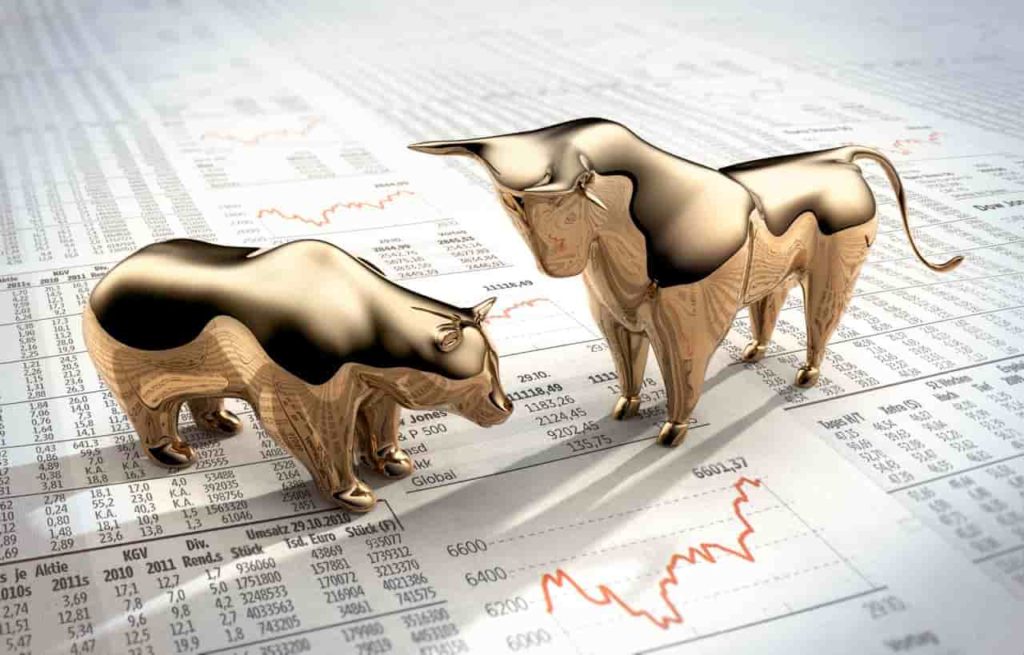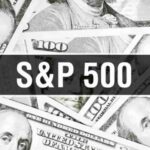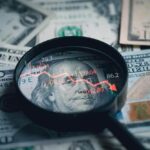The S&P 500 entered a bear market officially on June 13, making it the 20th bear market the index has experienced in the past 140 years.
Meanwhile, the financial market sentiment indicator dubbed the “bull & bear” index and calculated by Bank of America (NYSE: BAC) continues to point to extreme bearishness in the markets. On June 17, the indicator hit 0 for the first time and has remained there for four consecutive weeks.
This bearishness is best evidenced by increased outflows of funds from equities, as global outflows have reached $5.8 billion for stocks and $17 billion for bonds, with an additional outflow of $1.1 billion from gold.
Bank of America strategists led by Michael Hartnett, in a client note, sent out on July 1, wrote:
“In Q2’22 commodity gains moderated (8.4% vs 35.0% in Q1)…”inflation shock” consensus, big gains in US$ (6.9%), big losses govt bonds (-9.5%), massive losses crypto (Bitcoin -58.1%)…”rates shock” begins, accelerated losses in credit (HY -10.9% vs -6.0%) & stocks (-14.6% vs -5.3%)…”recession shock” begins; key asset prices H2 = depth of recession given “credit shock” & geopolitical risks.”
Sour sentiment
Pundits agree that a bear market is official when an index loses roughly 20% of its value compared to its most recent all-time high, and throughout history, bear markets last 289 days. Though history is not a guide to future performance, the current bear market could end on October 19, 2022, as per Bank of America analysts.
On the other hand, market participants often times use the BofA indicator to gauge when to buy their favorite stocks. Namely, readings below 2.0 signal buy while 0 signals oversold conditions and extreme bearishness.
Sometimes, it pays well to be a contrarian investor and buy when the market points to oversold conditions.
Buy stocks now with Interactive Broker – the most advanced investment platform
Disclaimer: The content on this site should not be considered investment advice. Investing is speculative. When investing, your capital is at risk.








